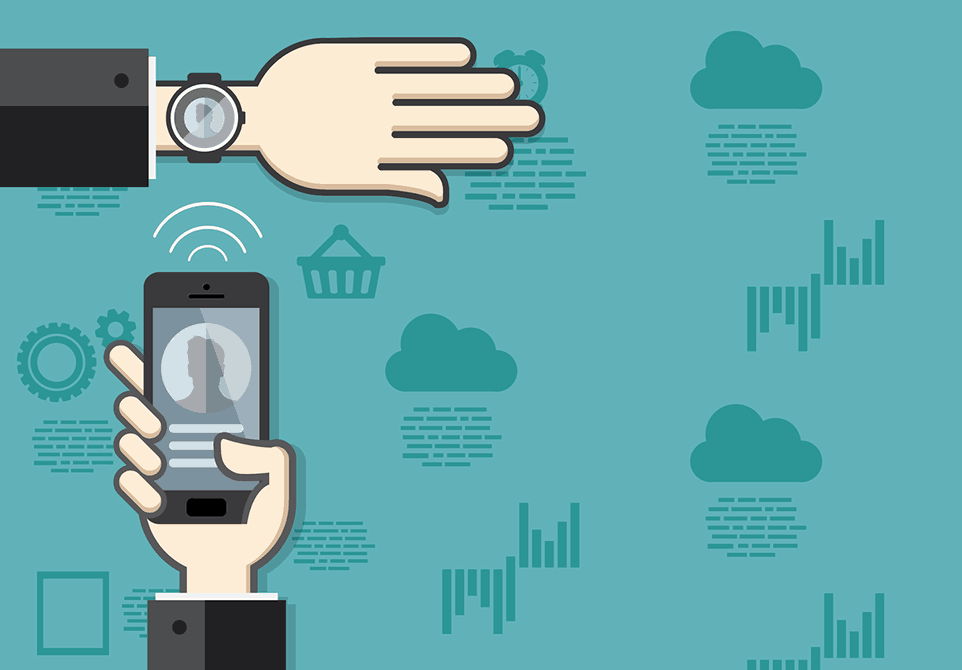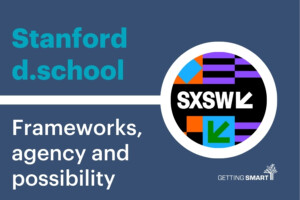9 Ways Smart Machines Are Improving Your Life

Quietly and steadily algorithms have improved your life. Pedro Domingos, University of Washington, notes, “They find books, movies, jobs, and dates for us, manage our investments, and discover new drugs.”
With rapid advances in machine learning, many of these algorithms are not just dumb programs; they are learning from our digital data trails. “Machine learning is the automation of discovery—the scientific method on steroids—that enables intelligent robots and computers to program themselves,” said Domingos.
We recently notes 8 Ways Machine Learning Will Improve Education. But even closer to home, this post was inspired by a text from my iPhone which had inferred by day and time where I was headed and, after checking the traffic, let me know I’d be home in 5 minutes. Half awesome, half spooky, machine learning, according to Domingos, is the new infrastructure for everything.
Following are nine ways data science, and specifically machine learning, are making your life better.
1. Machine learning is modeling cancer to find a cure.
Quaid Morris, University of Toronto, told Talking Machines that he’s using machine learning to find a better way to treat cancers. Using Bayesian models and decision trees, Dr. Morris can move from population measures to models of individual cells.
With Paul Boutros, Morris launched a global crowdsourced competition to find new tools for researching cancer.The contestants will analyze vast amounts of DNA sequence data to identify genetically distinct groups of cells within tumours that are often the reason why therapy fails.
A team from University of Ioannina, Greece, use machine learning to classify cancer patients into high and low risk groups and to model treatment and outcomes.
2. Machine + human team selects your wardrobe.
Eric Colson, chief algorithms officer at Stitch Fix told Ben Lorica of the O’Reilly Data Show that they combine human intuition and machine learning to recommend woman’s wardrobe items. These “human-in-the-loop systems” combine empiricism and judgment, “combining art and science.”
3. Graph databases secure networks and detect fraud.
Emil Eifrem, CEO and co-founder of Neo Technology, told O’Reilly’s Ben Lorica about the many interesting tools for storing, managing, visualizing, and analyzing massive graphs. Applications include recommendations, fraud detection and security.
4. Smart systems recognize your face.
Has Facebook recognized your face, or your kids or your spouse? Facebook says they use an algorithm to calculate template based on facial features.
On the Linear Digressions podcast Ben and Katie discussed new tools being used to improve facial recognition. ComputerWorld credits deep learning strategies with improved facial recognition.
5. Deep learning algorithms predict problems.
SriSatish Ambati, CEO of H2O.ai, said “Deep learning is a rapidly growing discipline that models high-level patterns in data as complex multilayered networks.” In addition to solve repetitive problems like speech recognition, image recognition, 3-D object recognition, and natural language processing, deep learning can predict problems. For example, deep learning can identify suspicious transactions in payment systems providers; potential threats in data centers and computer networks; possible part failure in motor vehicles based on mined sensor data; and production and distribution bottlenecks.
6. Smart machines answer your banking questions.
Have you noticed all the new personal finance apps out there? (Here’s a couple: Acorns, Betterment, Digit, Goodbudget, Kasisto, Level Money, Mint, Wally, YNAB, and your bank).
In addition to basic planning, banking, and investing application, these new apps offer a higher level of customer service that most low value customers are used to. Machine learning enables ‘high-touch’ personal services including ‘live’ chat rooms where machine learning assists in responding to queries.
7. Smart machines pick your airplane and route.
Smart airlines use algorithms to decide which class of airplanes to buy, to pick routes, drive customer loyalty. Manish Saraswat, Analytics Vidhya, thinks “Southwest Airlines and Alaska Airlines are among the top companies who’ve embraced data science to bring changes in their way of working.”
8. Smart delivery logistics.
Logistic companies like DHL, FedEx, and UPS have used data science to improve their operational efficiency. Using data science, these companies have discovered the best routes to ship, the best suited time to deliver, the best mode of transport to choose thus leading to cost efficiency, and many more to mention. The data that these companies generate using the GPS installed, provides them a lots of possibilities to explore using data science.

9. Machine beats champion Go player.
Feeling underchallenged? With the 19×19 board, the game of Go was a tougher test than chess but a smart algorithm from Google DeepMind can now beat a champion Go player. Next month AlphaGo will face legendary Lee Sedol, the top Go player in the world over the past decade.
What does this mean? Recent advances suggest that educators should be familiar with machine learning applications and implication in their field. Young people should develop at least conversational knowledge of data science applications in their area of interest. An introduction to coding would also give young people an appreciation for how applications are developed and how data is captured and managed.
For more see:
- BoardDocs Supports K-12 Coding, Seeks District Applications
- Is Coding the Most Important Language to Learn Right Now?
- How Robotics is Transforming STEM in Elementary Schools
Stay in-the-know with all things EdTech and innovations in learning by signing up to receive the weekly Smart Update.








Tom Vander Ark
Check out Alec Ross on the Industries of the Future; buy the book or listen to the Guardian Tech Weekly podcast
http://www.theguardian.com/technology/audio/2016/feb/25/alec-ross-on-the-industries-of-the-future-tech-weekly-podcast
Tom Vander Ark
For a 10th way machine learning is helping listen to this TED talk on how data analysis spotted adverse side effects of multiple medications http://www.ted.com/talks/russ_altman_what_really_happens_when_you_mix_medications